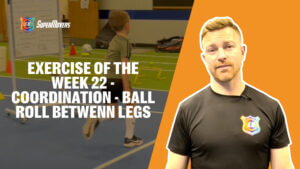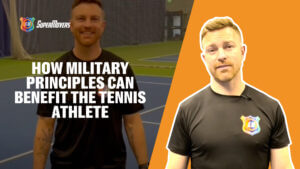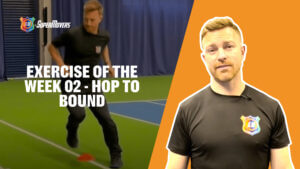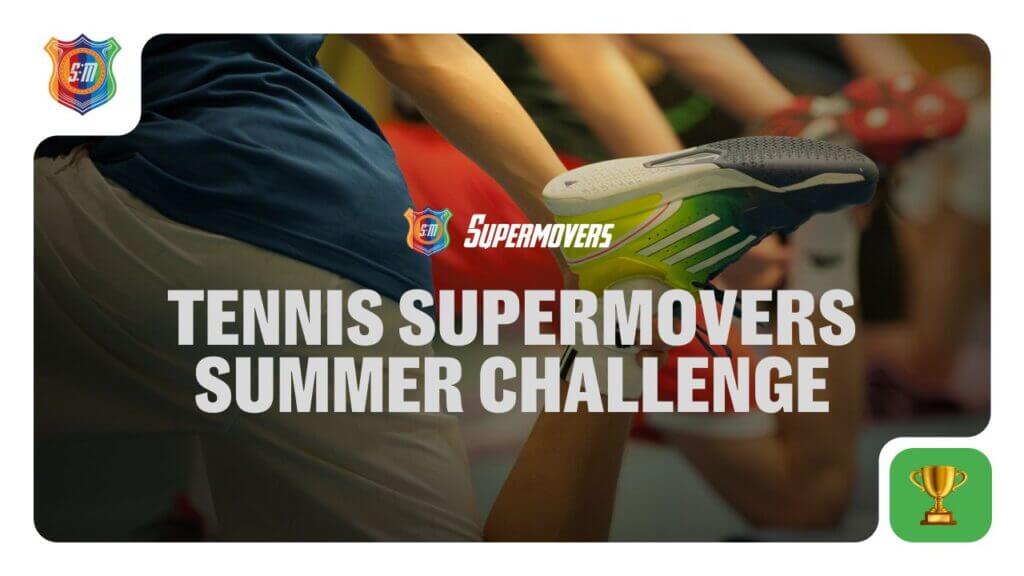SuperMovers Tennis Coordination Series - Reaction
SuperMovers Tennis Coordination Series – Reaction
When I have asked tennis coaches and parents what fitness topic they are most interested in and would like to learn more about, the answer is always coordination.
I wrote an article that has been reposted on other websites for tennis fitenss and strength and conditioning – you can read it here Part 1 and Part 2
Firstly, when identifying the different components of coordination, you can use the mnemonic RB RADIO – here are the different areas:
- Reaction
- Balance
- Rhythm
- Adaptability
- Differentiation
- Interoperability
- Orientation
In this first part of the SuperMovers Coordination Series we will look at – Reactions
Reaction is linked to reducing the time between reading the most relevant stimulus and creating action – visualise a great returner reading a subtle indication in the opponent’s serve mechanics to give them information on where to return from.
In addition to the physical components, perceptual-cognitive development should also be prioritised. This can be achieved by including elements of coordination within movement tasks, working on reactions, anticipation, visual scanning, pattern recognition and knowledge of situations. Optimal on-court movement is when a player combines these skills with change of direction speed and effective shot execution.
Your reactions can be timed from the point of the stimulus, to the point you actually produce force. You might reduce this time via improved observation skills. The best players will read the intention of the opponent quicker than a less skilled player. They will be able to pick up the path of the opponents racket just before contact, giving them the information of the ball’s oncoming direction. A less skilled player will pick up this information much later, potentially when the ball is already on its way.
Audio, visual and kinaesthetic are the three types of reactionary cues, these can sit on a continuum of specificity – moving from general such as shouting ‘go’, or a coach sending a signal using a racket to direct the player.
In this tennis drill we are setting the reaction cue as the moment the leader grabs the cone and sets off to a designted ‘end-zone’ before the chaser can tag them. The chaser must wait with their hands on their hips, the leader can grab the cone at anytime and must try to complete the action as quickly as possible. You could also adjust the distance between the players, or lengthen the distance to the end-zone so players get to work on high levels of maximum sprinting.
I hope you’ve found this insight into the coordination quality of reactions useful. Each week throughout this series we will look at a different topic and provide an example drill for you to incorporate into your training.
Check out next part of Tennis Coordination Series – Adaptability
Have a great week!






